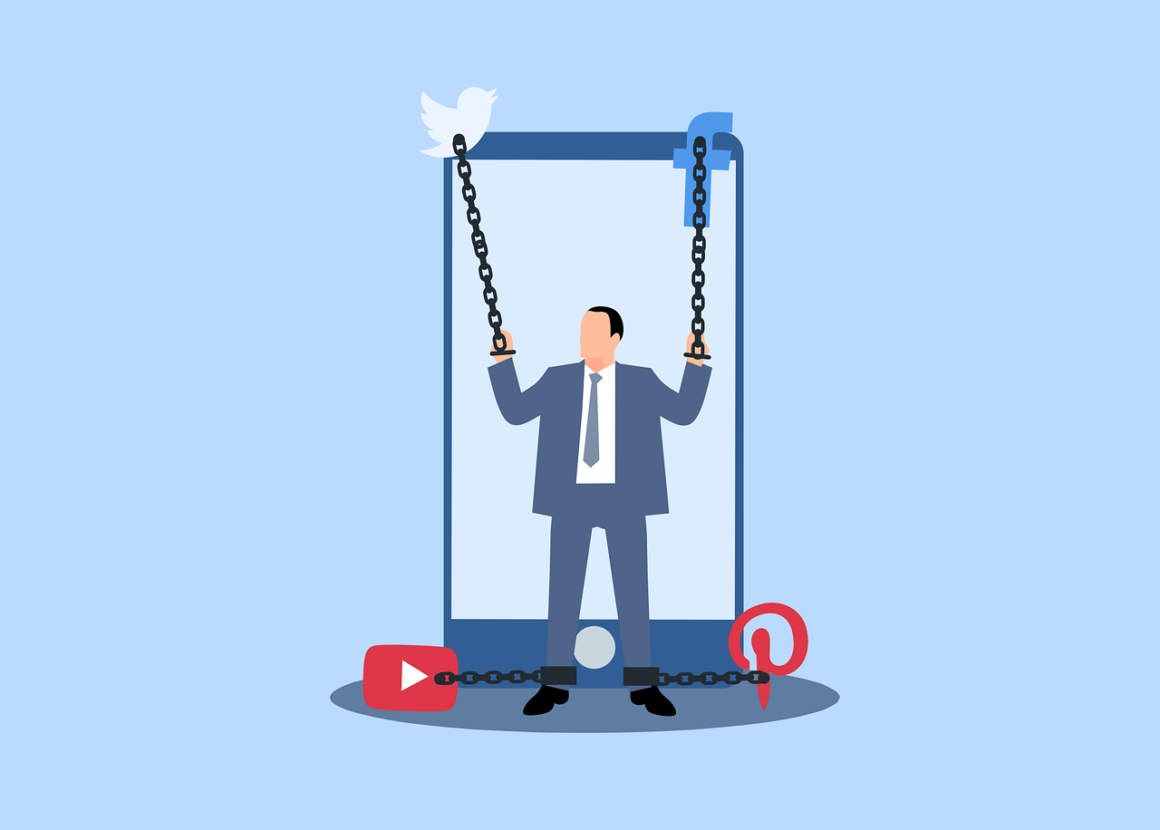Phones have become an integral part of our lives and thus they hold almost every detail of your life that you can imagine. It is important for you to constantly be aware of what you’re storing on it, how that’s being used, and how you’re protecting that data. Here are 5 ways you may have overlooked:
1.) Security settings
Your phone has some general security settings and every application on it has its own privacy settings. Only download from official app stores, delete ones you’re no longer using, and always keep the apps updated. Your settings and application permissions need to reflect how comfortable you are with sharing your details. For example, do you need location services on even when you’re not driving? If you are okay with having apps know your precise location at all times, then it’s extremely important that you have the following layers of security in place in defense of hackers. Some applications can have their own passwords to get into as well, so definitely implement those if you don’t want to continuously logout and share the phone often.
2.) Activate a screen lock
Most applications require us to login which means that anyone who has your phone can access your accounts and do as they please without a screen lock. There are a variety of options, from the basic 4 digit pin code to face ID. Even if you trust the people around you, it’s advised not to have a pin code as its something people can easily figure out over your shoulder. Biometrics are cool, but if you’ve watched a lot of shows like I have, you know that at the moment it’s not the strongest. Instead, you can have a regular password type of screen lock or a pattern, with the option to make it visible as you enter it set to deactivate. At the end of the day, make sure you have one but do what’s most comfortable for you because you don’t want to be locked out.
3.) Automatic Wiping
I know it sounds scary but it’s vital to have automatic device wiping set up just in case someone attempts to get in despite the screen lock. You can set it up to automatically wipe after 10 attempts or more, depending on if you have little kids around. For peace of mind, always make sure that the data stored on your phone is minimal. In other words, backup all your data at least once a month (deleting pictures already saved in cloud or hard drive somewhere else), log out of any applications you are not using daily, and clear history whenever applicable. This way, if automatic wiping doesn’t occur or if someone does manage to get in, there is nothing for them to find or use.
4.) Install an ad blocker
Your phones need it just like your laptops do, especially if you’re web browsing a lot, and Androids are more susceptible to these viruses. Opera Free is a great option for all types of phones, it blocks ads and limits the amount of data you use.
5.) Install a VPN
VPN, short for Virtual Private Network, is a network created to protect your activity, that will encrypt your internet traffic and data. Setting up VPN on your smartphone is as easy as downloading an app and there are many free options. VPNs are important for people who travel and or use free Wi-Fi hotspots where security is almost nonexistent. A cool addition is that it also increases the strength of WiFi connectivity so there really is no reason why don’t have one. Just make sure you read terms and conditions when using such an app!
Implementing these steps is just the beginning. It’s important to use your judgement wisely and especially have caution when dealing with new features. Apple’s new Airdrop feature for example makes it easy for people to silently install malware onto your phone. Keep this off like bluetooth or make sure it’s only on for contacts. Stay safe and have fun!
Photo: Tinh Khuong via Unsplash




